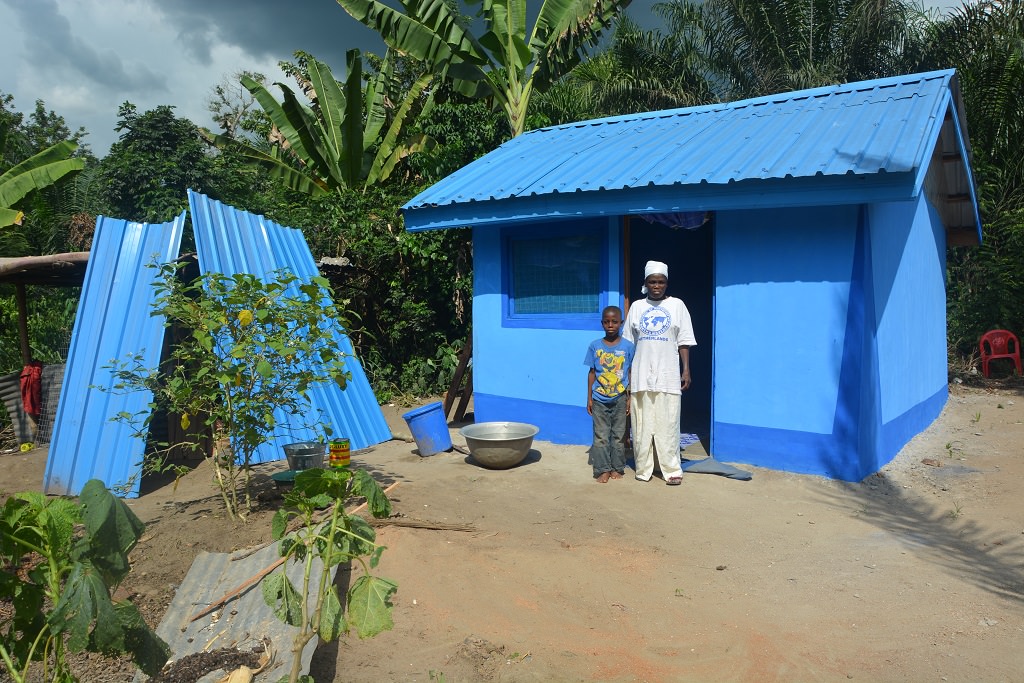Houses around the world
Ever wondered about the different types of houses around the world? Since time began, people have been making a home for themselves. No matter the culture or the country, the concept of home has always been important. Whether it’s a place or a feeling, humans are constantly reimagining and redefining what a home means.
Join us to learn more about homes around the world as we explore some types of houses that can be found in the countries where Compassion works.
Round houses in Burkina Faso
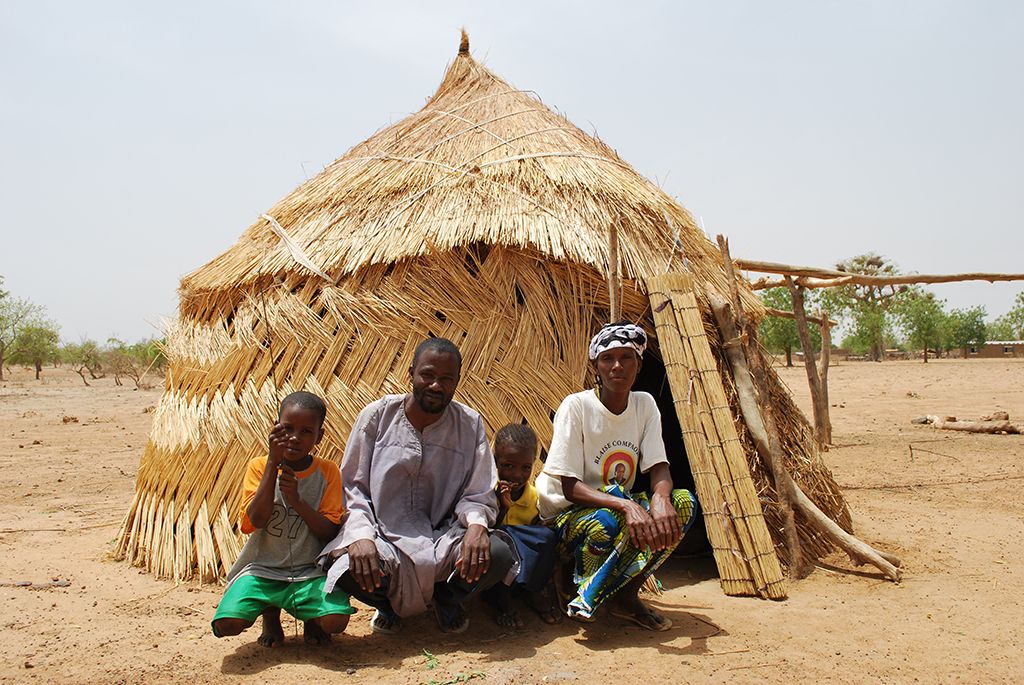
A land of deserts in the north, and green landscapes in the south, Burkina Faso is a landlocked country in West Africa. In rural Burkina Faso, nomadic cattle keepers often live in huts made from woven reeds.
“Honai” homes in Indonesia
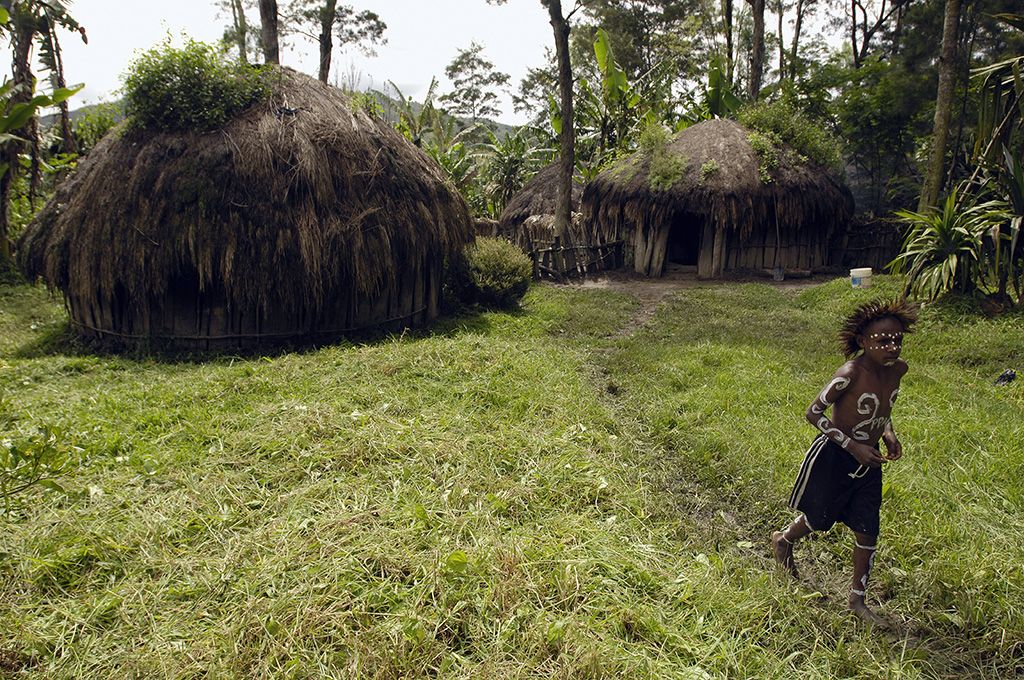
Indonesia has more than 18,000 islands, of which only 6,000 have people living on them. There are many types of wildlife including the world’s smallest fish. Among the lush landscapes, traditional types of houses are often built on stilts as many people live near the water’s edge.
In Papua, Indonesia, some families still live in the traditional homes called “honai” made from wooden slats and thatched roofs. Traditionally, fires are built in the centre of the round homes.
Circular houses with straw roofs in Uganda
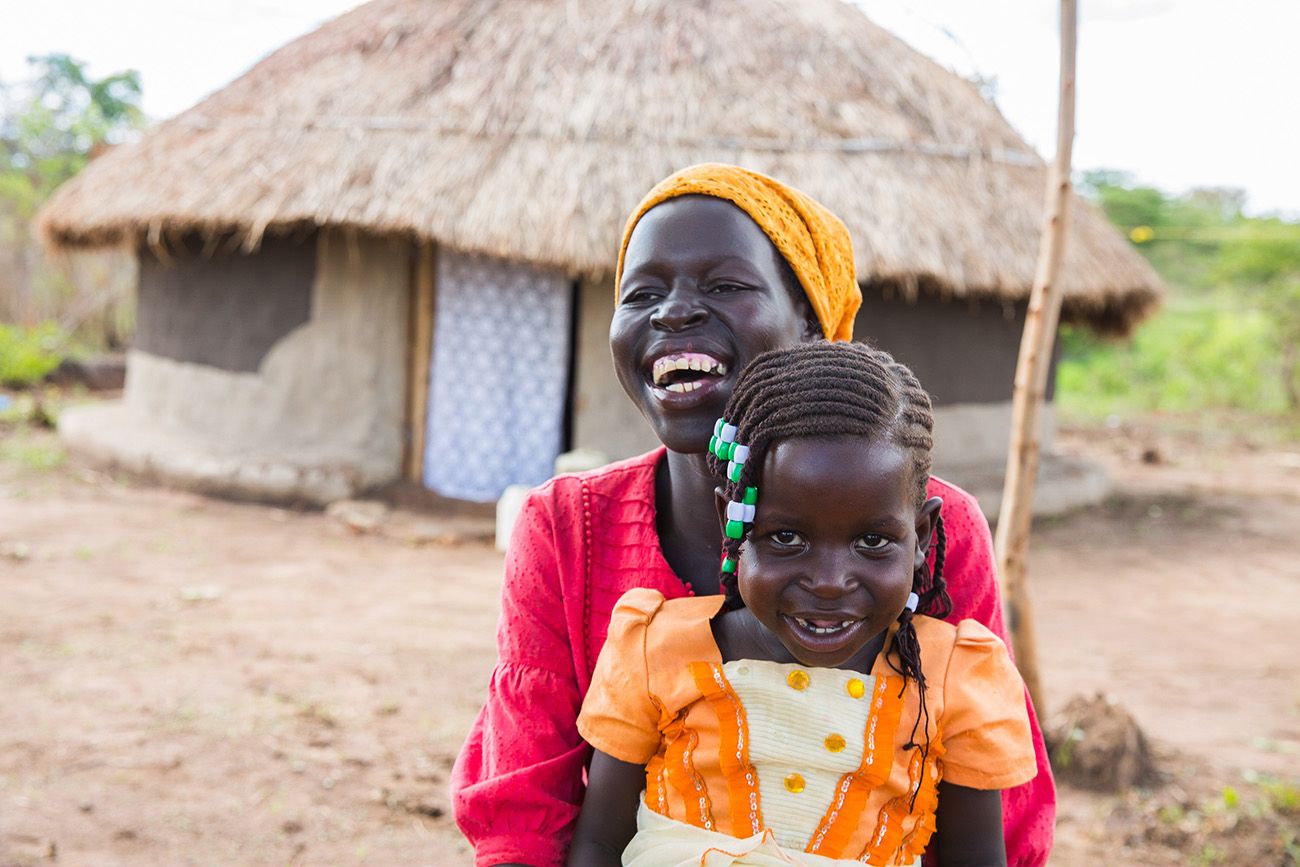
Evelyn sits with her daughter Betty outside their home in northern Uganda. Known for its beautiful countryside, rolling hills and huge mountains, Uganda is home to endangered mountain gorillas. Houses in Evelyn’s community are circular with a straw roof with the walls often made from mud.
Houses made from banana leaves in Rwanda
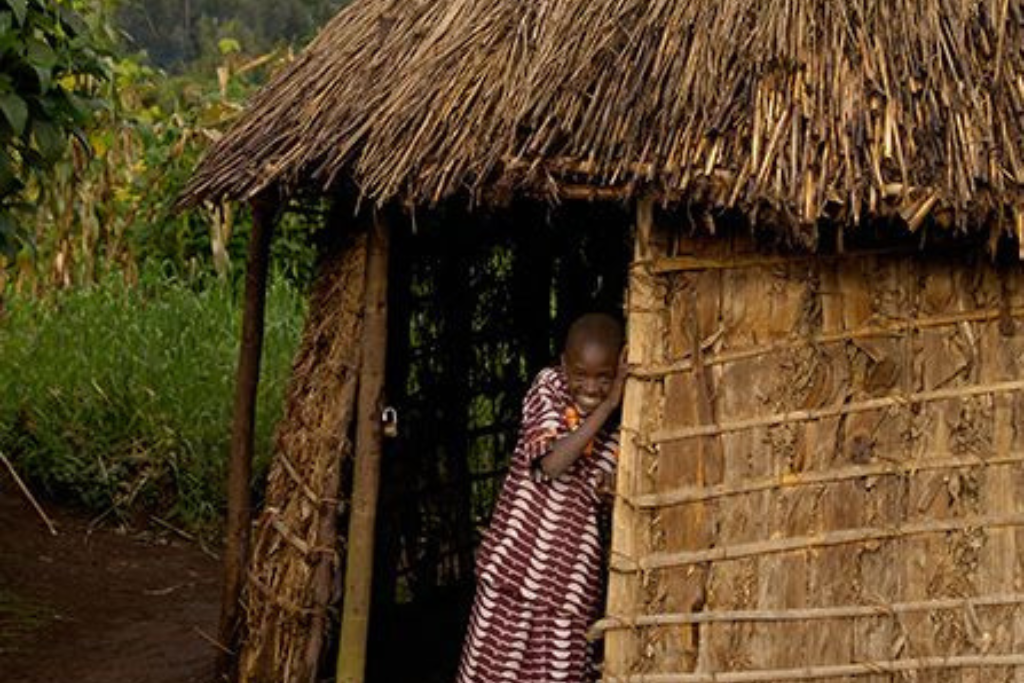
Rwanda is a country of beautiful green mountains and valleys, famous for the mountain gorillas that can be found hiding in the dense jungle that covers the mountain slopes. Some Rwandan houses in rural areas are made of mud, grass and banana leaves with clay tiles and thatch used for roofs.
Traditional Ethiopian houses
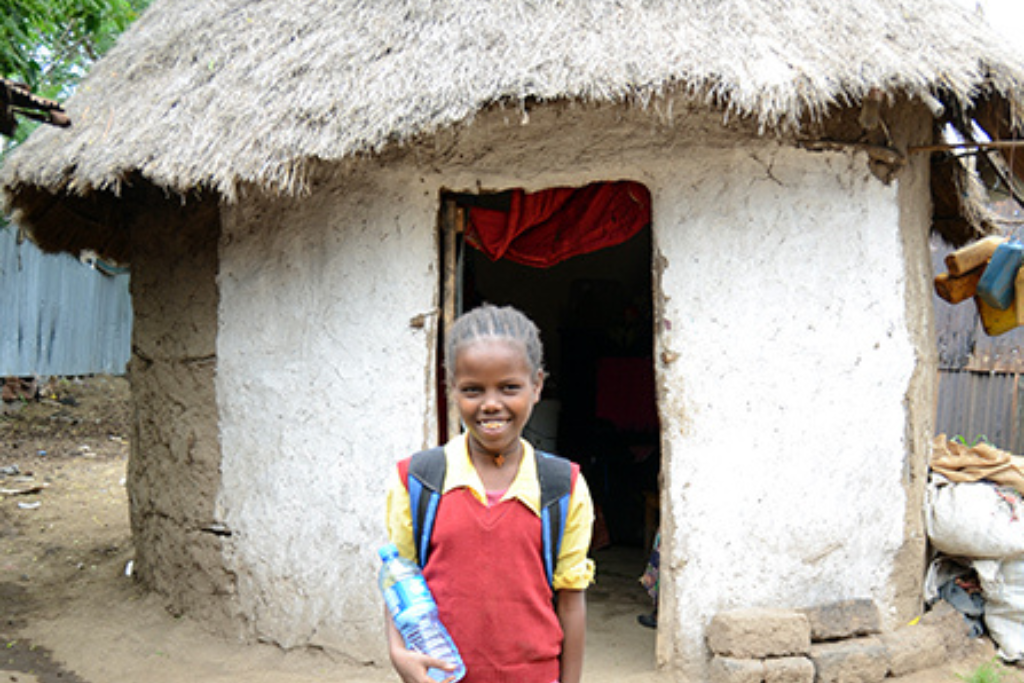
Ethiopian traditional houses are round and made of wooden strips covered with a sticky combination of wet soil, clay, sand, animal dung and straw. The roofs are often made of thatch.
Rural homes in Kenya
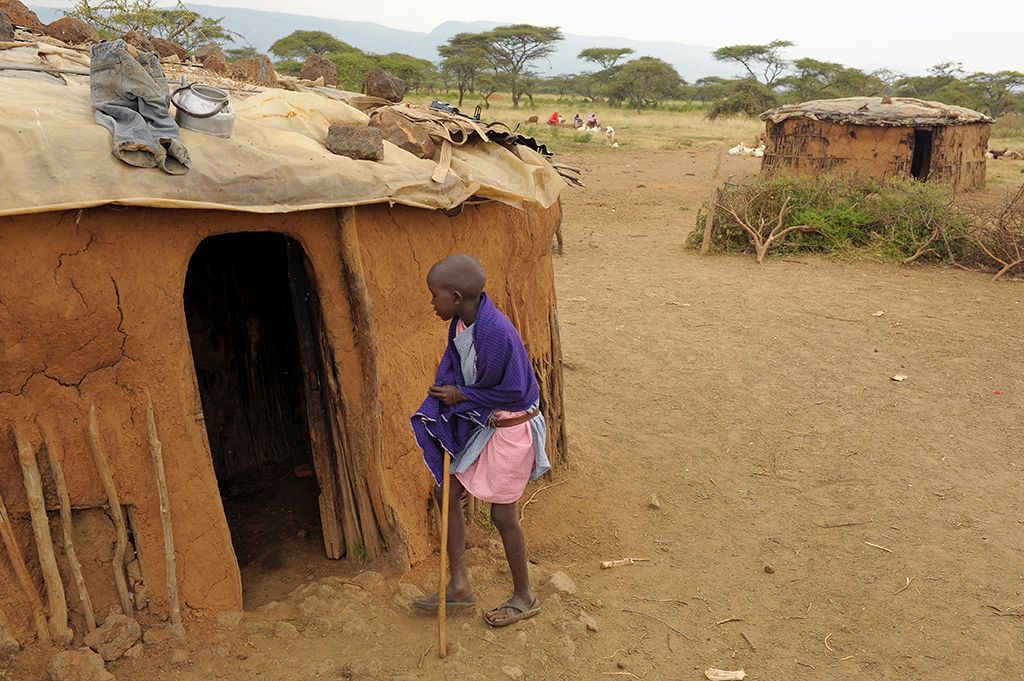
Kenya is famous for its huge game reserves. The landscape is magnificent with mountains, savannahs and the Great Rift Valley, a 4,000 mile valley filled with diverse landscapes.
The Maasai people live in Kenya. They are semi-nomadic, so travel from place to place and are well-known for their traditional clothing. The Maasai tribe tend to live in manyatta, a grouping of small homes made from mud, cow dung and sticks.
Bamboo houses in Thailand
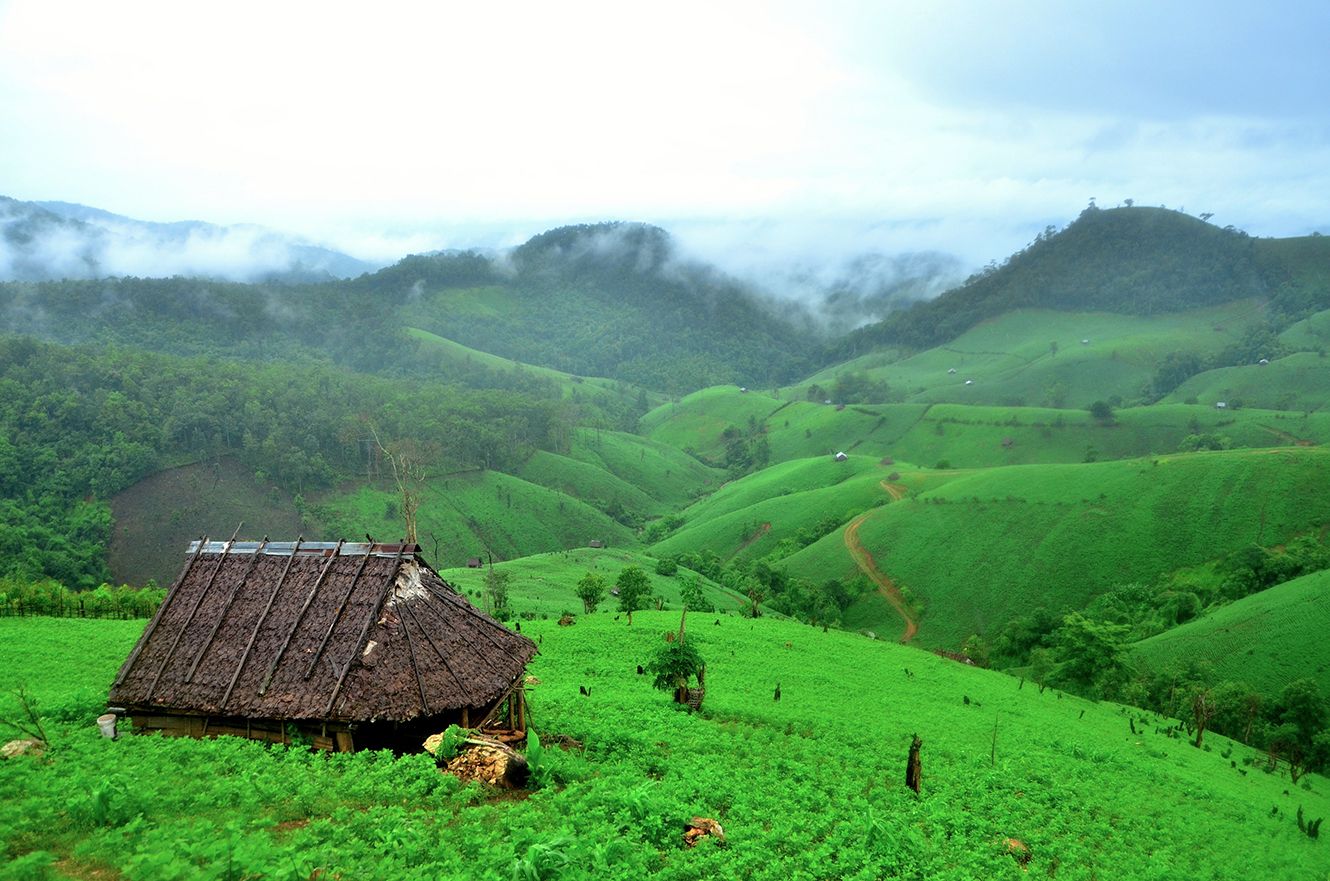
Known by many people as the ‘land of a thousand smiles’, Thailand is famous for being friendly and welcoming. Many Thai houses are made of wood and bamboo with posts raising them off the ground. The Kingdom of Thailand was known as Siam until 1939. This is where the Siamese cat originally came from!
Homes on stilts in Bangladesh
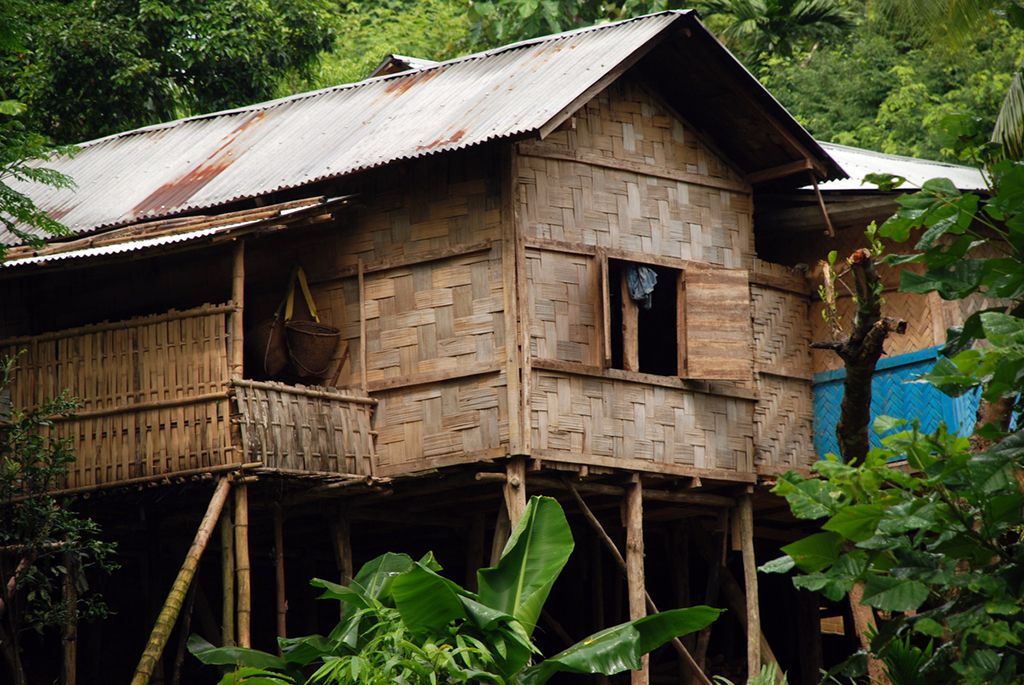
More than 700 rivers flow across Bangladesh and travelling by boat is an everyday experience for many Bangladeshi people. Bangladesh is a low-lying country that often gets flooded so houses built near water are made out of bamboo and put on stilts.
Palm frond houses from Sri Lanka
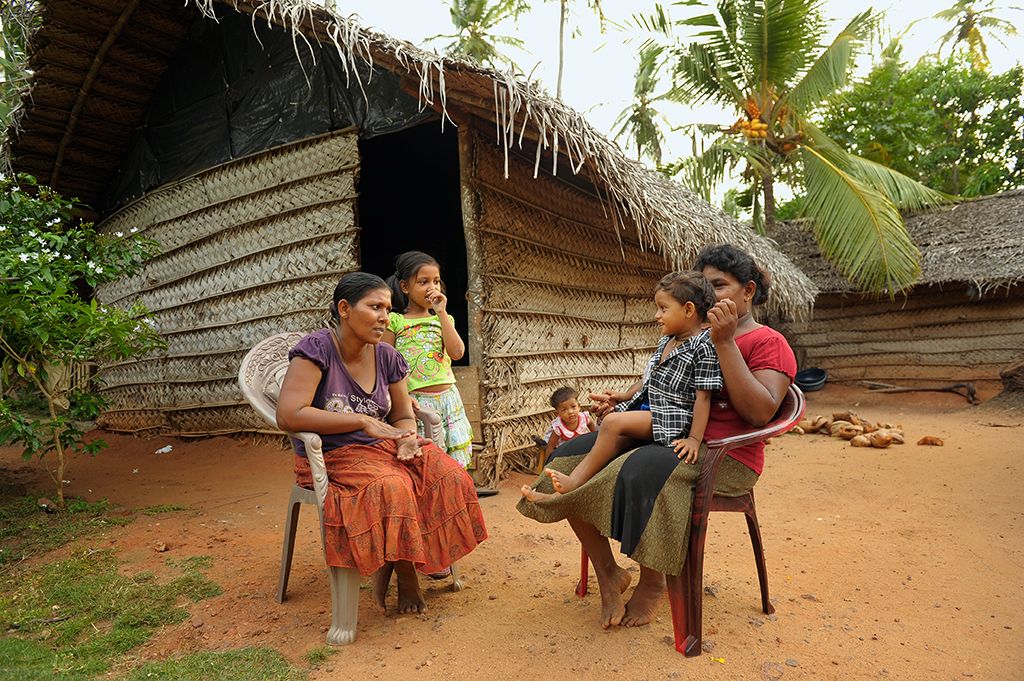
Sri Lanka is a teardrop-shaped island off the coast of India. It has beautiful beaches and rainforests and is famous for its elephants and tea. In rural areas, people tend to weave their homes out of palm fronds and sticks.
Rural homes made of mangrove and eucalyptus in Ecuador
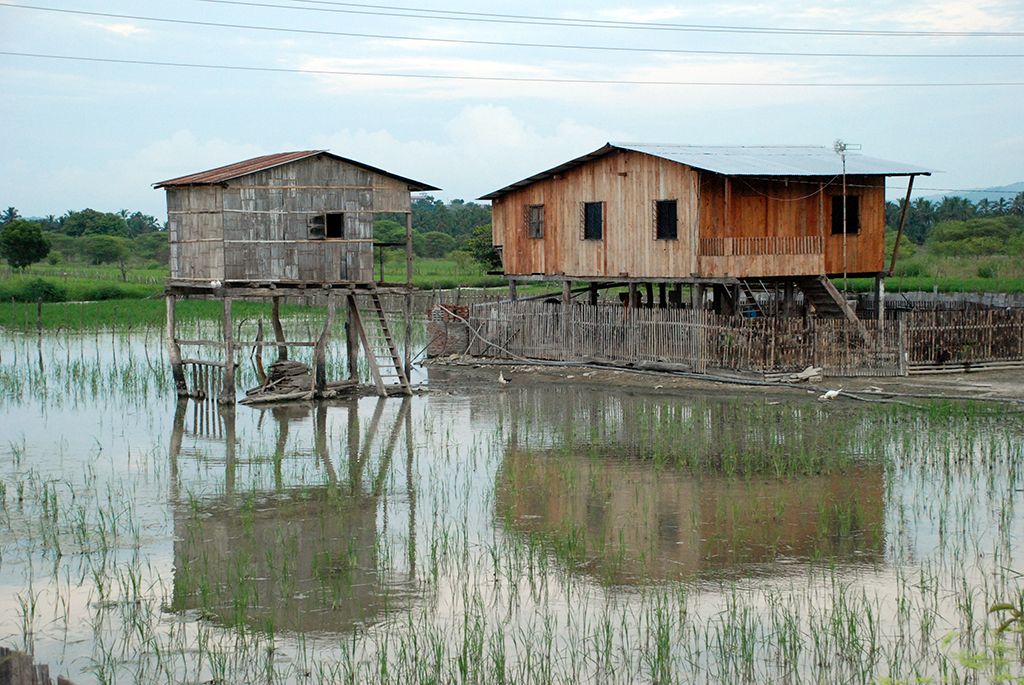
Ecuador is the smallest country in South America and is named after the equator which passes right through it. Natural materials such as palm, mangrove, bamboo, eucalyptus and earth are often used to build houses in rural areas such as these ones.
Colourful homes in Ghana
In Ghana, Comfort’s local church built her a new home after discovering her dangerous living conditions. Now this tenatious mum and her sons, Joshua and Charles, live in a safe and clean home:
“Sometimes I feel that I am dreaming. I am not used to receiving so much attention,” she shares. “I pray for God’s blessing for all the people who are showing so much love to me and my children through the sponsorship. Now I do not have any worry when night falls or when the rain comes because we have a proper house. I am so grateful to all who made it possible.”
Strong homes made of wood and concrete in the Dominican Republic

Homes are often painted in cheerful colours in the Dominican Republic, brightening up neighbourhoods. Some communities live on “bateys,” abandoned sugarcane factories where companies built small homes for the factory workers, which lack most services. Due to the number of hurricanes and storms, houses need to be strong which is why concrete and wood are used to build homes.
Traditional Mexican houses
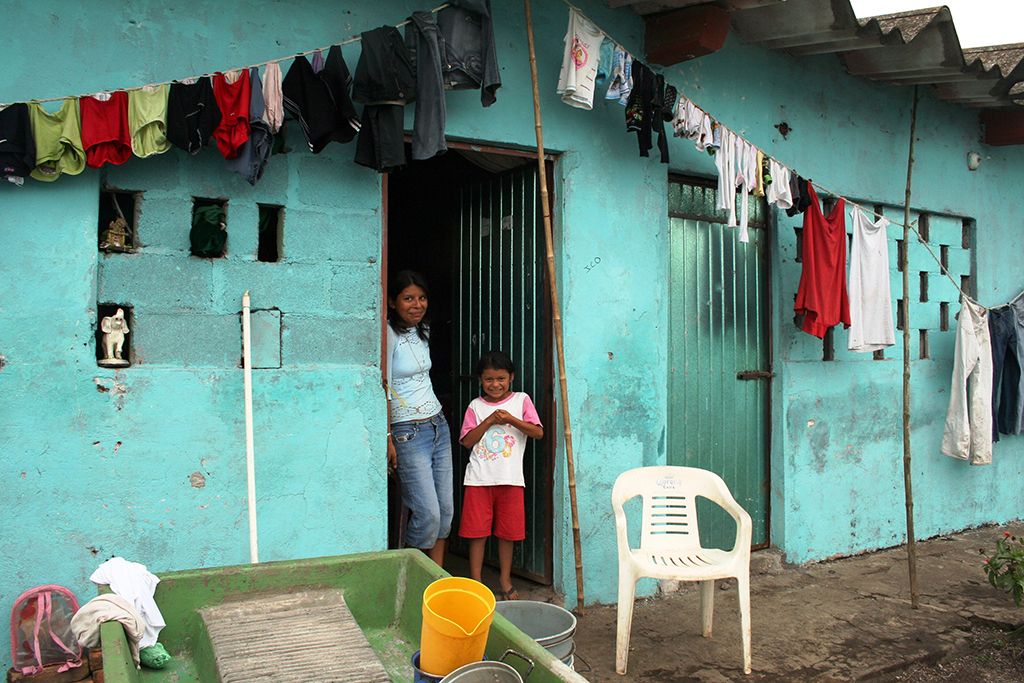
Some traditional Mexican houses are built with adobe, which is a muddy mixture of clay soil, straw and water. The mixture is made into bricks which are then used to build houses.
Hillside homes in Haiti
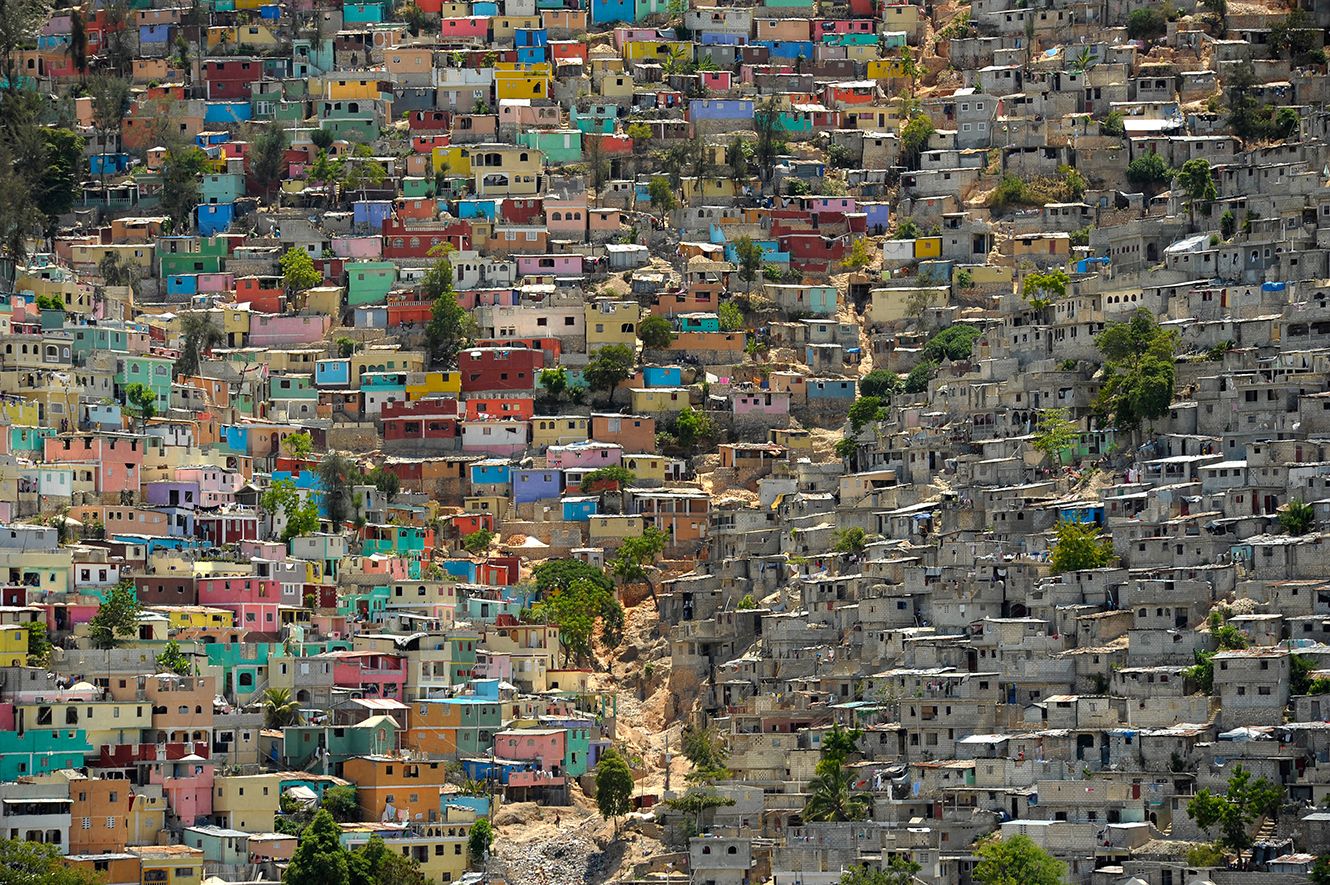
In Port-au-Prince, Haiti, tiny, colourful homes are built very close to one another on the hills surrounding the city. Small and mountainous, Haiti suffers from regular natural disasters so houses need to withstand earthquakes and regular hurricanes, but many people cannot afford this.
Brightly coloured houses in Colombia
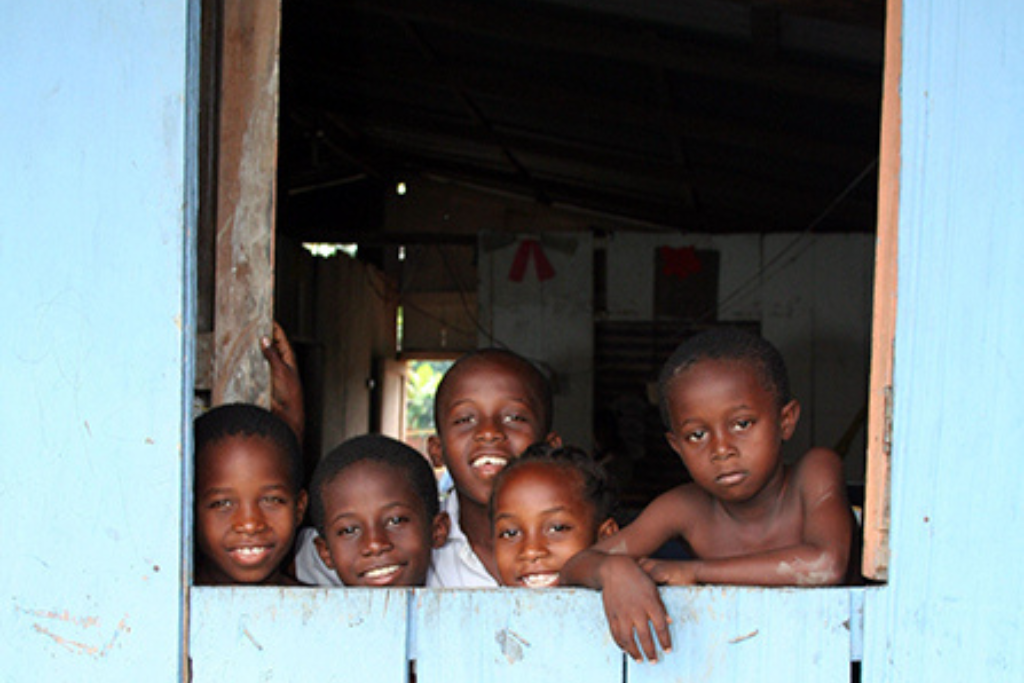
Colombia is sometimes called the ‘gateway to South America’ because it sits where South America joins with Central and North America. Its landscape has huge variety; from beautiful beaches to snow-capped mountains, deserts and sweeping grasslands. Houses are often brightly painted and made from cinder blocks, clay, cow manure or hay.
Homes in Nicaragua
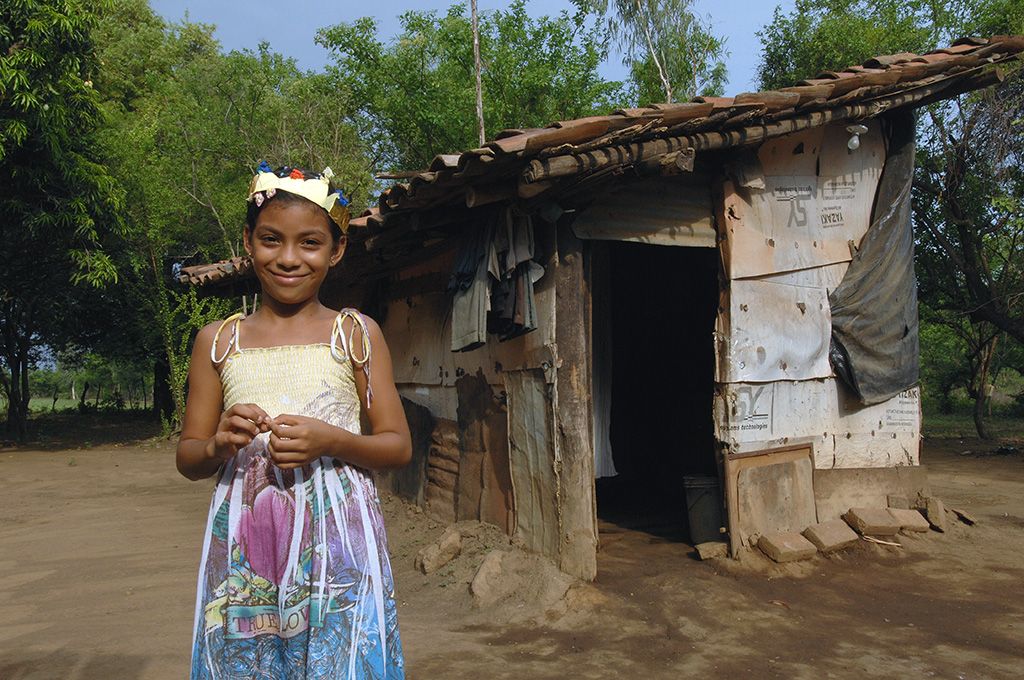
Shelters around the world come in all shapes and sizes and are often built out of any material close to hand. In Nicaragua, Mariling stands outside her home where she lives with her family.
Diverse homes in Bolivia!
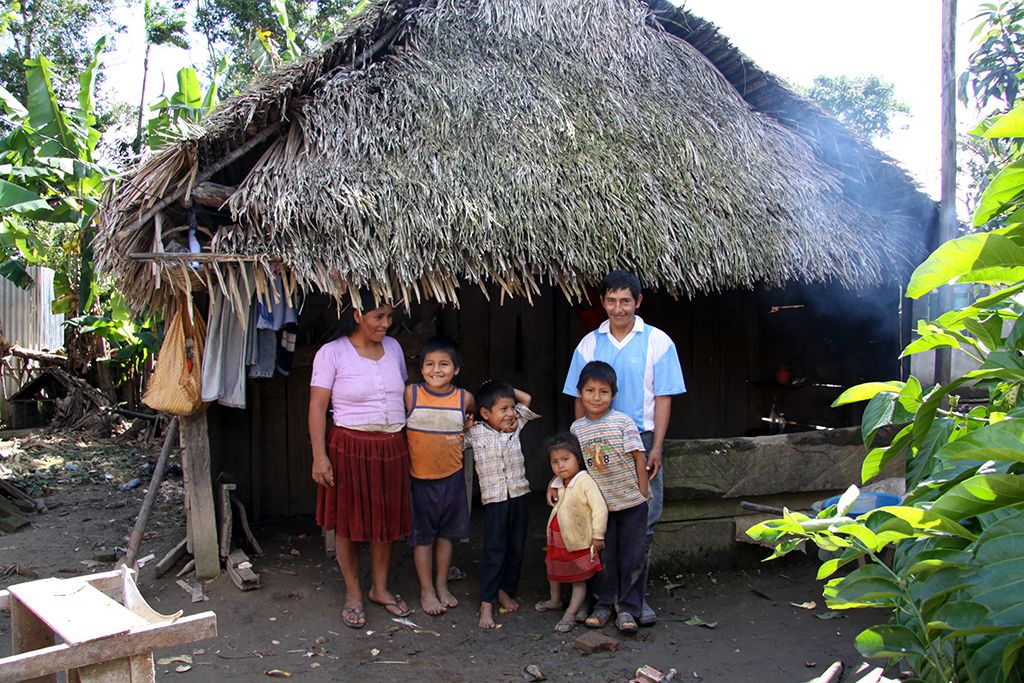
Bolivia has 36 native cultures with an extraordinary array of customs which means there is no one way to build a home in this country. From stone to straw, structures are built from every material under the sun. It’s common to see houses made of board and roofs covered with branches. Some families cook outside over an open fire.
Corrugated iron homes in Honduras
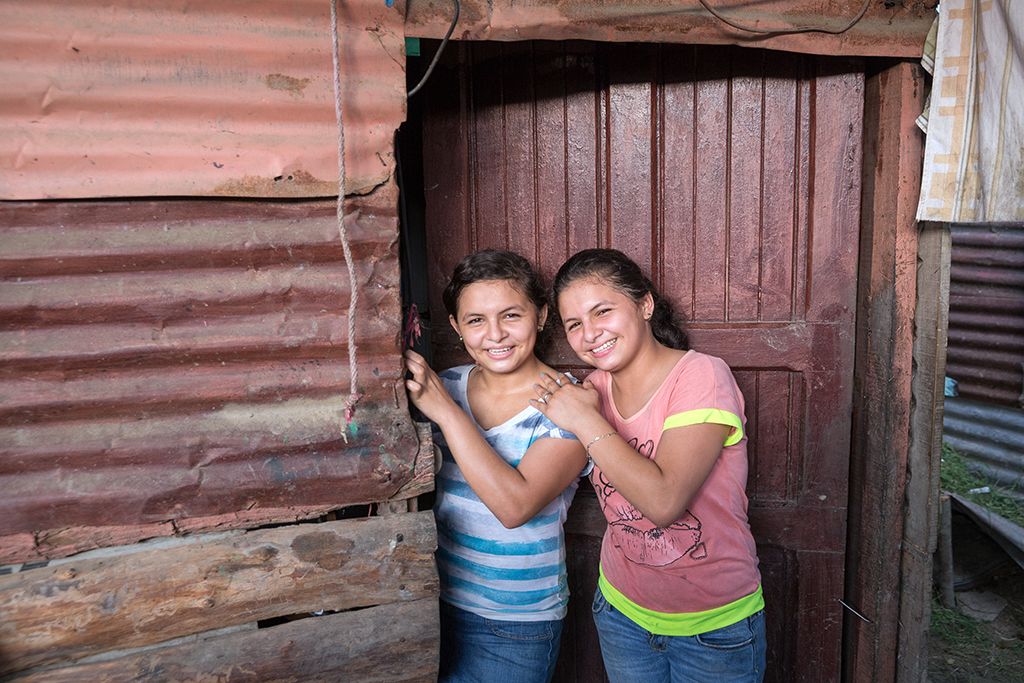
Meet Kenya and Tanya, twin sisters from Honduras who live with their mother Miriam in a house made out of corrugated iron and wood. Miriam shares, “When I was pregnant, I was worried. I didn’t have a place to live. My husband wasn’t around. I had an ultrasound when I was six months pregnant and found out I was having twins. I started to cry. I didn’t know what to do.”
Kenya and Tanya were enrolled into their local Compassion project and thanks to sponsorship, they’ve been enabled to go to school, receive nutritional assistance and medical check-ups. When you sponsor a child, you not only empower them to overcome poverty, you also help to lighten the burden on parents. Miriam is delighted to have a home to raise her daughters.
We’d like to invite you to sponsor a child with Compassion today. You can make a difference to a child’s life and empower them to overcome poverty.
Houses to withstand volcanoes and earthquakes in El Salvador
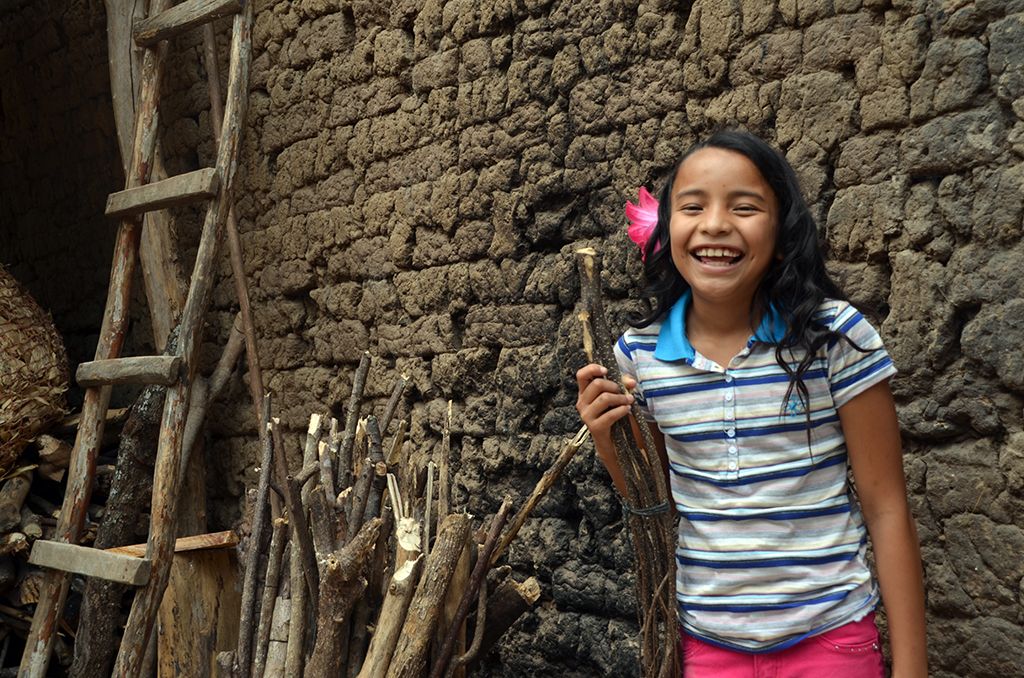
El Salvador is Spanish for ‘the saviour’ or Jesus Christ. It is the smallest country in Central America, and because it often has volcanic eruptions, as well as earthquakes, it’s sometimes known as the Land of Volcanoes. Here rural houses tend to be made of sand, clay, water and straw with a large front porch.
Wood homes to keep out the cold in Peru
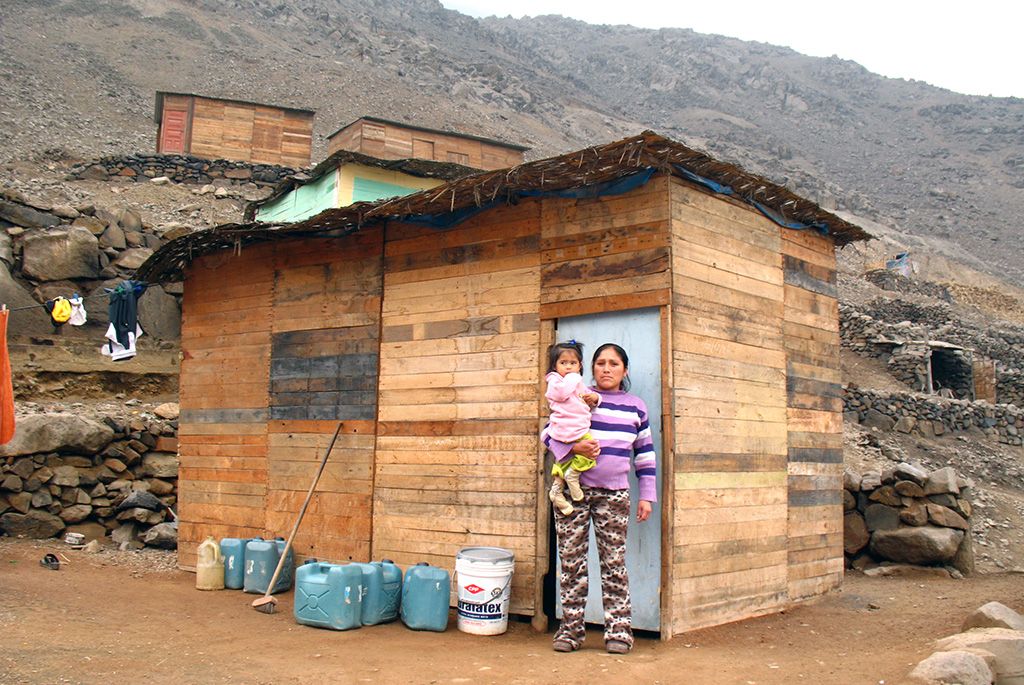
Nearly half of Peru is covered by the Amazon rainforest, the largest rainforest in the world. Many people move to Lima, the capital city, to look for work every year. Because of affordability, many residents live in the hills surrounding the city, in homes made out of any materials they can find. In the highlands of Peru, where temperatures can dip below freezing, families build their wood homes as tightly as possible to keep out the cold winds.
Crowded urban homes in Guatemala
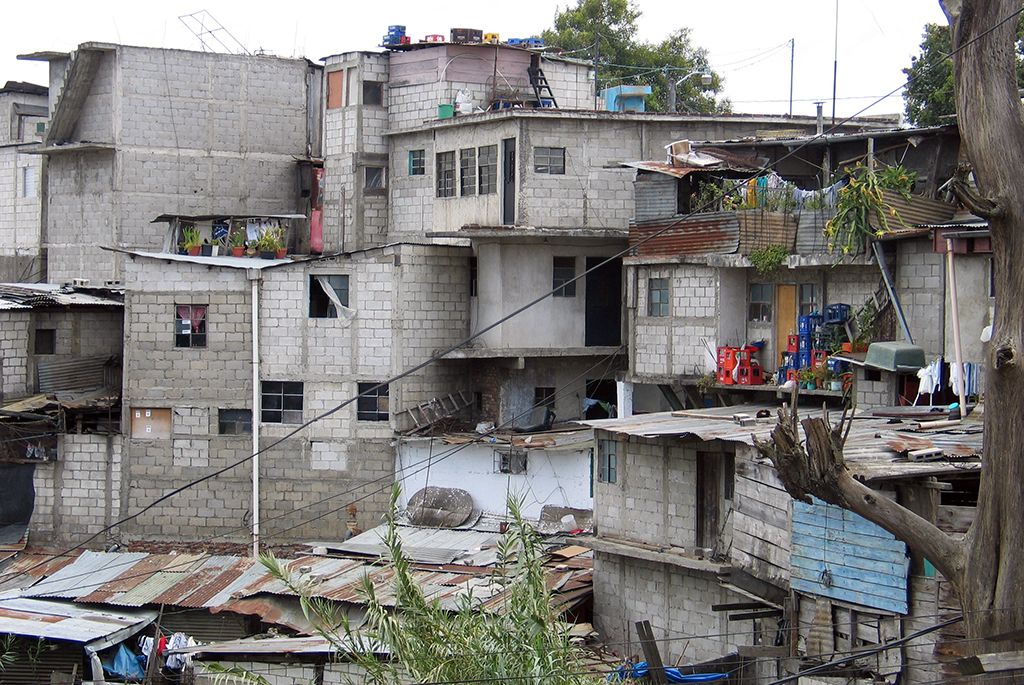
Many people believe that the name Guatemala comes from the word Guhatezmalh, which was the name the Mayan tribes gave to a volcano in Guatemala. It means the “Mountain That Vomits Water.” Urban neighbourhoods can be cramped with houses piled on top of each other.
Favelas from Brazil
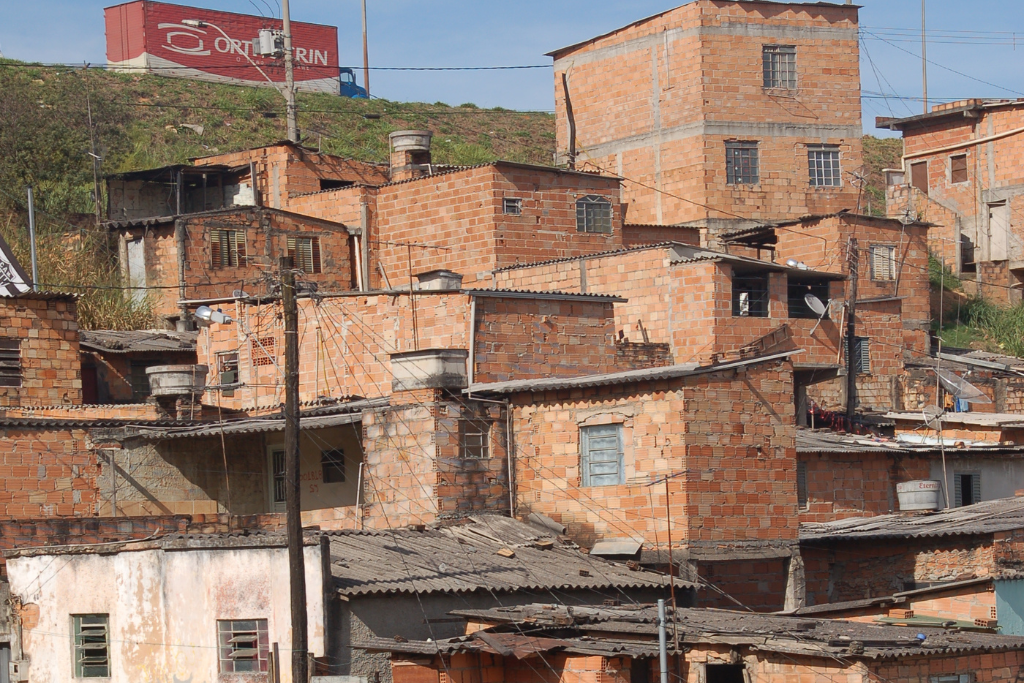
Brazil has the biggest population in South America. It’s well-known for the Amazon Rainforest and the Amazon River that weaves throughout the jungle, stretching for 4,250 miles, making it the longest river on earth. Over a third of the population live in a type of dense housing called favelas with no secure shelter, safe drinking water supply or toilets.
Urban communities in the Philippines
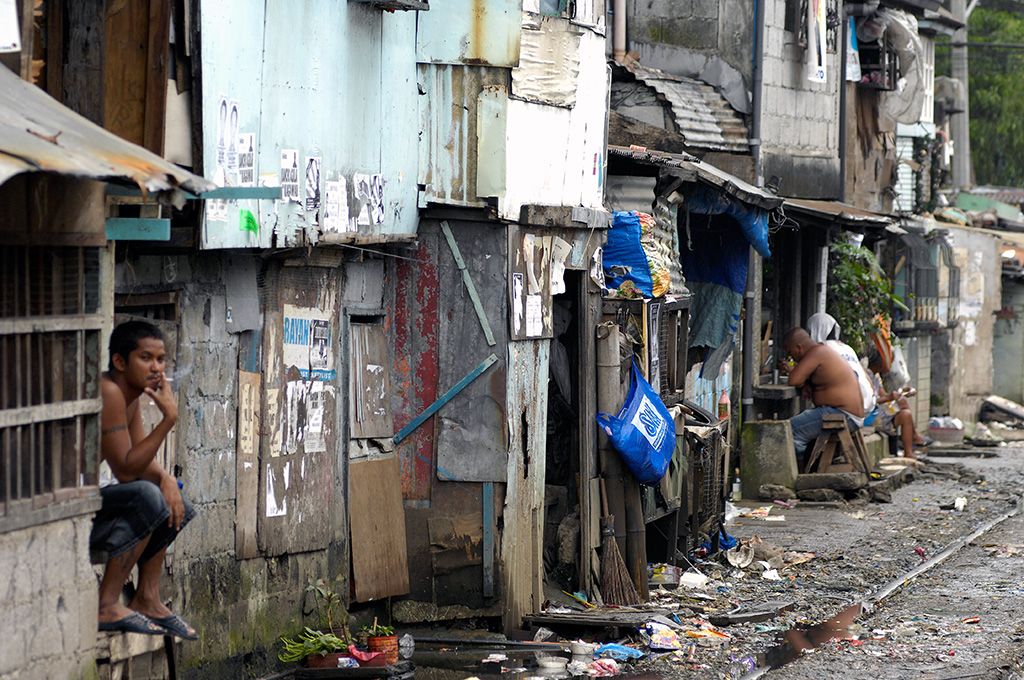
The Philippines are made up of more than 7,000 islands but most people living there live on only 11 of these islands. It gets its name from King Philip II of Spain, who ruled during the 16th Century when the Philippines was controlled by the Spanish. A popular tourist destination, poverty levels are still high with many people living in urban densely housed communities.
Traditional mud houses from Togo
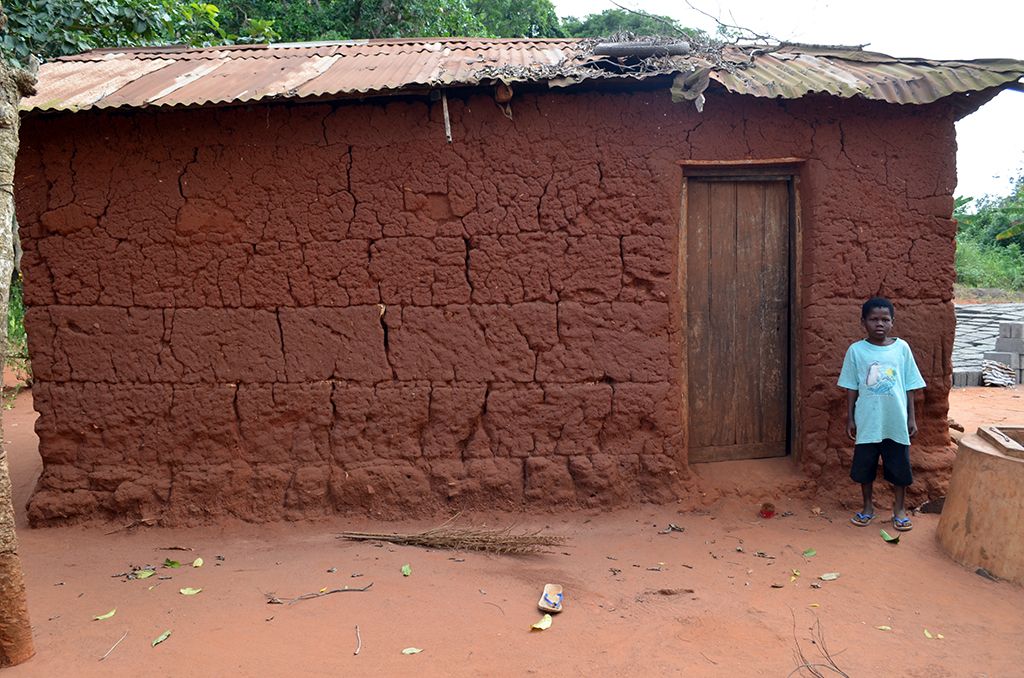
Togo is a narrow country on Africa’s west coast which became independent of France in 1960. It has beautiful beaches, lakes, and cities with exotic markets. Types of houses vary, but in the countryside they’re often made from mud bricks and mud plaster, with iron sheeted roofs.
Traditional grass or mud houses in Tanzania
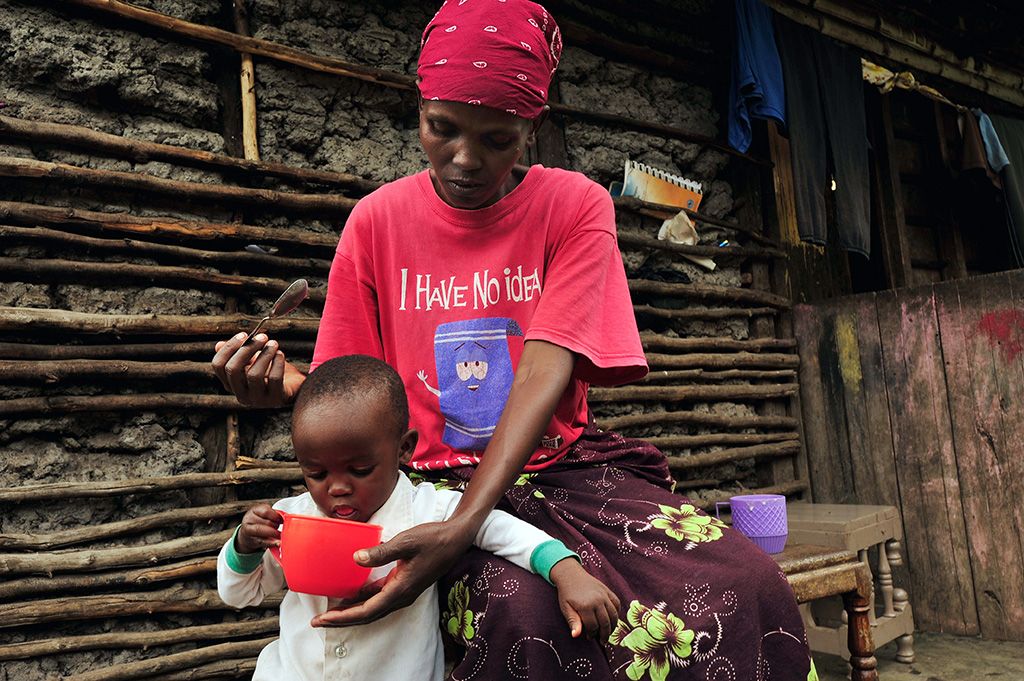
Tanzania is the largest country in east Africa and is known for its amazing wildlife and Mount Kilimanjaro, the highest mountain in Africa. Traditional types of houses are made of grass or mud, strengthened by large wooden poles. They are built from the roof downwards, rather than the bottom up as most houses are.
There are different types of shelters all around the world but one thing stays the same – the desire for a home.
If you enjoyed looking at different types of houses from around the world, visit our family portraits around the world or find out more about churches in different countries.
